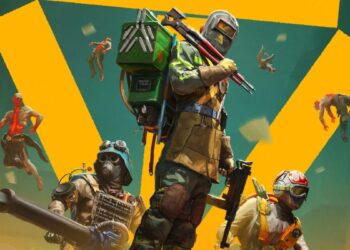When I first started this piece on C.A.R.D.S. RPG: The Misty Battlefield, I couldn’t wrap my head around the game. It isn’t that the mechanics are difficult to figure out or that the gameplay is souls-like level challenging, though it can be quite tough. No, it was because I couldn’t find the heart of the game. What it truly was and what it wanted to be. Is it a roguelike? Is it a deckbuilder? Is it truly both like it claims? The answer was challenging to determine and took me a few hours to come to a conclusion.
C.A.R.D.S. RPG: The Misty Battlefield is fun and worthwhile if you give it time and a little luck. It’s like building a deck of cards. You won’t have fun if you never draw well or can’t find the cards you need. But finding that winning combination can take a while to reach.
A combination of luck and skill
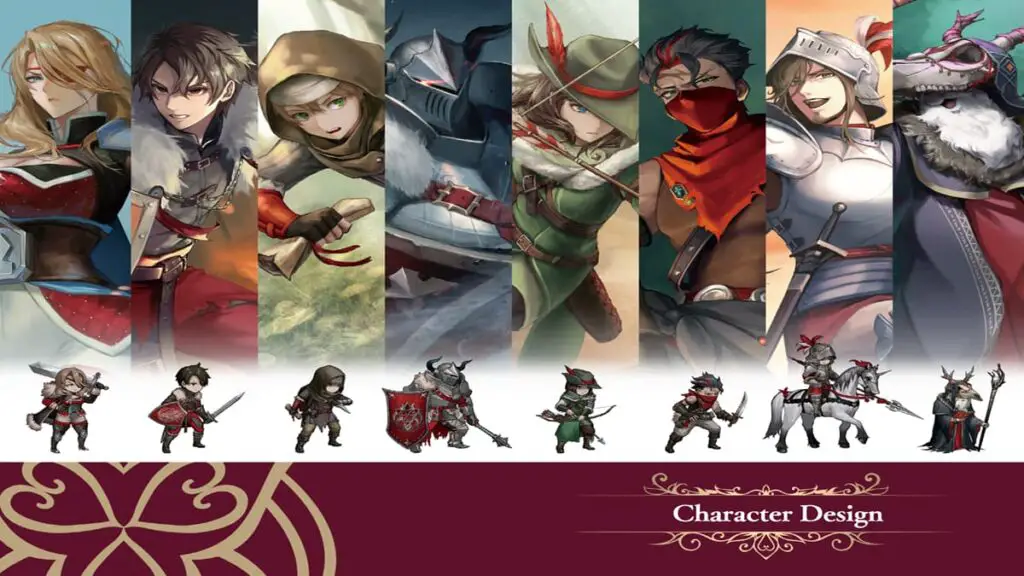
The roguelike-style deckbuilding SRPG is a combination of many great ideas but doesn’t quite know what it wants to be. As a card collection and deck builder, it’s great. The combat is fun, smooth, and fluid and collecting the more than 100 cards allows for creativity when it comes to designing your deck. However, it’s repetitiveness, though a feature of a roguelike, is not at all like the namesake suggests. While it does have connections in combat design and procedurally generated levels, it can get stale quickly.
While there are several things to enjoy about ACQUIRE Corp’s C.A.R.D.S. RPG, it’s like opening a pack of cards. You know you’re going to get cards, but it’s as if the cards are from different games and genres.
The story follows Vel as she leads her battalion against the Hellmuth brigade. It may not be the strongest story, but it is engaging as the voice acting and casting are the more finer parts of the game. Characters will speak to one another during combat to encourage them or talk about the current encounter. This makes for compelling character development and engaging interactions that drive the narrative of each fight.
However, you end up jumping from one scenery to the next without really knowing why. One moment your group is fighting a man named Greg who is challenging, but once you defeat him, he come back again only for you to have to fight him all over.
Then the next level, you’re fighting a goblin spellcaster but, again, I’m not quite sure why. The minions were human soldiers not a squad of goblin enemies.
The game is afoot
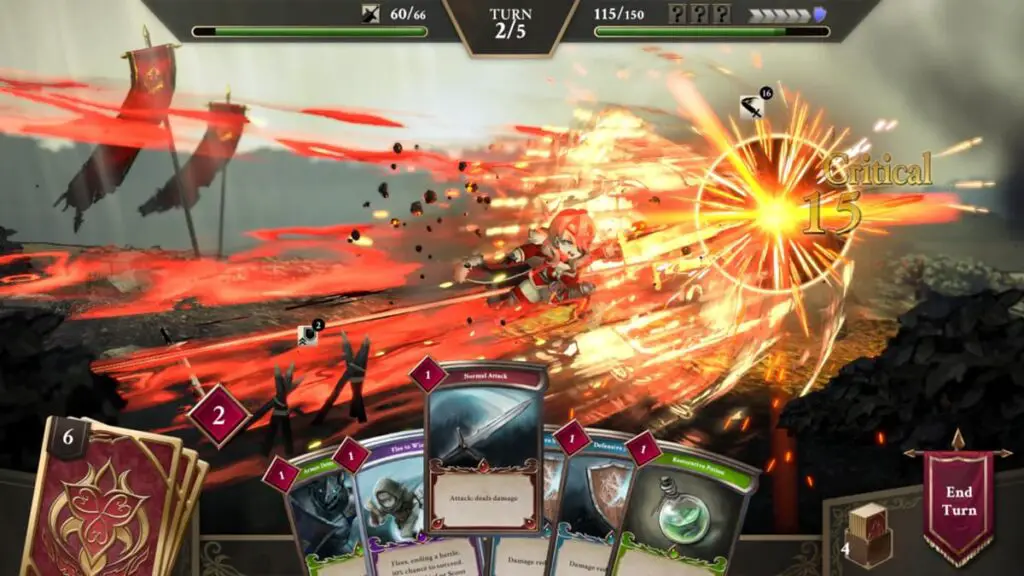
When it comes to these encounters, you start each level by selecting units to place on the field. Each has a square like a chess board and can move a limited number of spaces per turn. The map is composed of areas of shadow which you can only see when you advance nearer to it. This can reveal enemy units, rewards, and facilities to discard cards or gain new ones.
Though, revealing shadowed areas never felt rewarding. You can see silhouettes of enemies and chests so you are at least aware of their position. The one thing you aren’t aware of is the enemies style. For example, do they wear heavy armor and have a mace? Or are they an archer that can shoot you from several squares away? This is where C.A.R.D.S. RPG gets interesting.
Units, including enemies and your own, each have a weapon, armor, and weakness. Heavy armored individuals use large weapons and hit harder in combat. Though they tend to be weak to two-handed swords. Whereas archers use a bow and arrow and can attack from afar without being attacked back in the same turn. They are weak to daggers and swords. So, knowing what you’re up against is key so you can choose the best unit to attack. If you choose a unit like Vel who uses a two-handed sword to attack a heavily armored enemy, you’ll have a better chance of winning that fight. Because Vel’s sword is strong against the armor, if you attack three times in a row, you’ll earn a Break and cause the enemy to stagger and lose their next turn. This gives you a chance to either hit them again if you drew well, heal, or buff your defense.
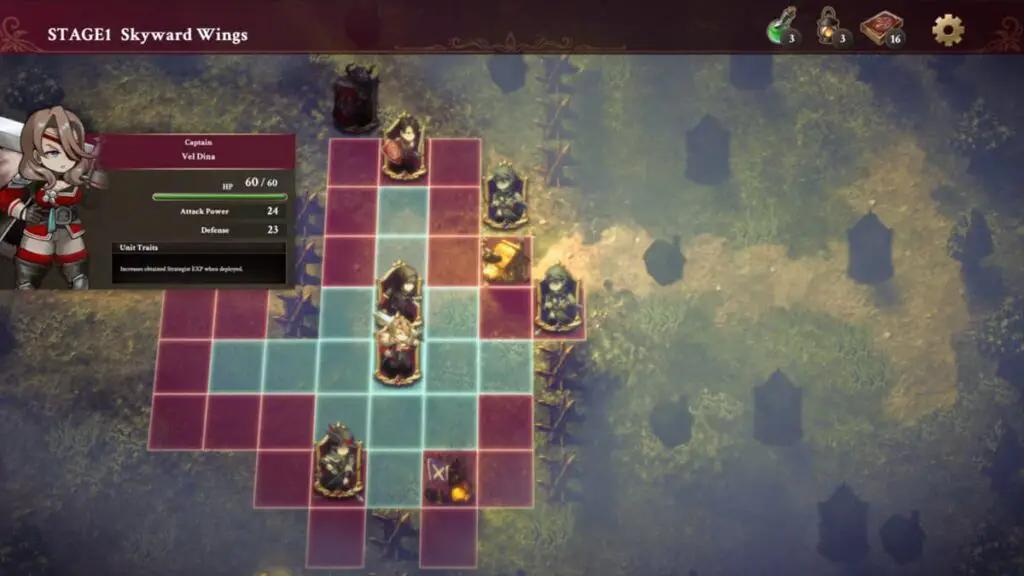
The enemy types aren’t vast and I really only ran into a handful of different units. In the end, it all got repetitive quite quickly and while I enjoyed the first few rounds of combat, after 15 minutes of it, it all blended together.
Once you encounter an enemy, you go into combat and use your deck of cards to fight. Fights with general enemies last three rounds and ones with bosses last five. Each round you draw a cards and use them to fight. Cards cost power, which you get three of during each turn and cards cost between zero and three power to use. Cards vary but generally come down to attack, defense, boosting your stats, and reducing enemy stats. It’s a simple and effective design that doesn’t take a lot of thought. Which is great for anyone looking for a quick fight. Though, fights, in addition to traversing the map, take anywhere between 30 minutes to an hour to complete. That’s a chunk of time you have to devote to the game and you can’t save your progress. If you lose, it’s back to the start to tackle the enemies all over again. This is where the roguelike comes into play.
The heart of the cards
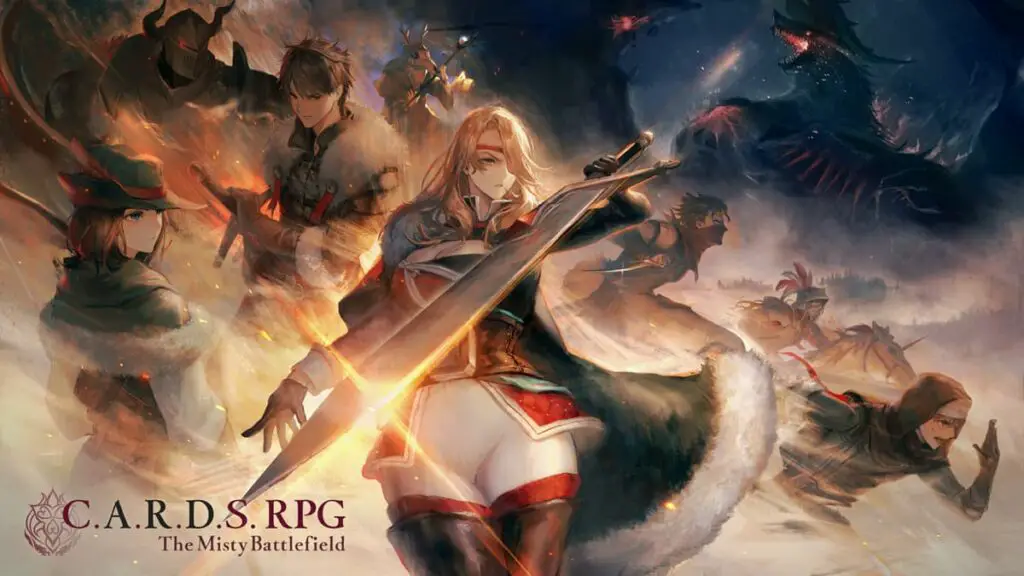
When it comes to your deck of cards, you only get one. It is shared among all of your units, so you can’t tailor it to just one unit type. You’ll need to ensure you have cards that boost ranged attacks, sword strikes, and armor for your heavy hitters. It would have been a great addition to be able to build multiple decks and either switch between them as needed or build ones designed for specific units. Having a singular deck isn’t a negative though as it allows you to really think on what cards you want in your deck that work with every unit.
You can find more cards on the battlefield or choose to discard them at a Facility. Discarding is useful if you have too many of one card or need to add in another you obtain during the game. You’ll also find treasure chests that contain new cards to choose from or items to boost unit stats. You’ll need to equip them right away or risk losing the option to do so later. Plus, the unit that opens the chest is the only one that can equip the item. This seems like an odd choice as you aren’t sure what you’ll get until you open the chest. Then again, the items offer general stat boosts and aren’t focused on specific units. For instance, you can find a sword that boosts your attack by a certain amount.
Final Verdict
In the end, I found the heart within C.A.R.D.S. RPG: The Misty Battlefield. It’s within its characters, voice acting, and quick strategic gameplay. As to if it really is a roguelike and deckbuilder, it’s an amalgamation of the two genres. It offers a unique blend of strategy and luck that is captivating if only for a short time. It’s a game that doesn’t fit neatly into any one category as it isn’t quite sure what it wants to be, but for those willing to shuffle through its lengthy battles, there’s a rewarding experience waiting to be dealt.
More From Us:
V Rising review: Survival games have never had this much bite
The Review
PROS
- Captivating voice acting
- Fluid and smooth combat
- Visually pleasing
CONS
- Repetitive gameplay
- Not enough card choices
- Lengthy combat and map traversal


-1140x641.jpg)



